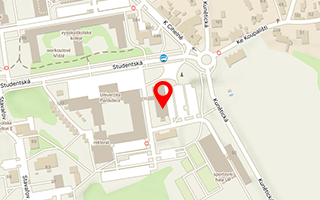Publikace detail
Professional dominance? Encounters between physicians and patients in the first half of the 19th century under the Habsburg Monarchy
Autoři:
Hanulík Vladan
Rok: 2021
Druh publikace: článek v odborném periodiku
Název zdroje: Dynamis
Název nakladatele: Editorial Universidad de Granada
Místo vydání: Granada
Strana od-do: 323-355
